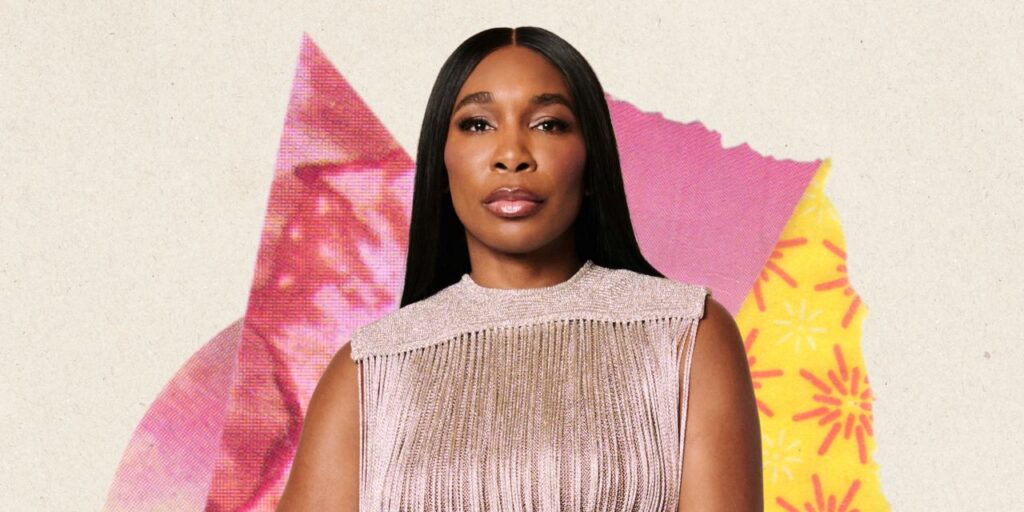Eventually Williams found Taraneh Shirazian, MD, a board-certified gynecologist and director of the Center for Fibroid Care at NYU Langone. “It was amazing for me because I was able to talk to someone who felt confident that they could treat me,” Williams says.
Unlike many medical professionals in the US, Dr. Shirazian takes a holistic, personalized approach to fibroid treatment, viewing it as a chronic ailment that needs continuous care rather than something to vaguely monitor—or, on the other hand, treat with a one-and-done surgery. As part of her model, Dr. Shirazian also looks at how the condition affects other aspects of a patient’s life, like fertility and general discomfort.
For Williams, this led to a more comprehensive diagnosis: The athlete learned that she also had an adenomyoma, which meant in addition to her fibroids, the lining of her uterus was growing into her uterine wall.
“I was the first person to ever tell her [of the condition],” Dr. Shirazian tells SELF. “I could tell when I said it that she never heard about the adenomyoma before, and when you hear something for the first time, you need time to really understand it, think about it, and come to terms with what you want to do.”
Williams shares that while it felt good to be informed, she left the office terrified. “For the first time in my life ever, [I thought,] Why me? Why do I have to [go through] this?”
There were a few courses of treatment Williams could take, according to Dr. Shirazian: Uterine-sparing surgery, which would remove the fibroids but leave the uterus in place, would be the best option, though radiofrequency treatments could also help shrink the fibroids and relieve some pain. Though trepidatious, Williams opted for the surgery. “Surgery completely removes disease,” the gynecologist explains. “[Venus] had been suffering for all that time. Obviously we always need to be monitoring, but given her personal history, her symptoms, and again, just with that eye on what would be good for her specifically, we arrived at that conclusion.”
“I just remember I went into the [operating room] and I started to get a little afraid again,” Williams recalls. “[Dr. Shirazian] held my hand and I was out. I don’t remember much after that, but I remember she held my hand, and that meant so much.”
The surgery took place in July 2024. It was a success, and Williams had no complications. Within a day or two, she was up and moving around. By day 30 of her post-op recovery, she fully felt like herself again—just without the excessive bleeding and pain.
At last, after decades of suffering, Williams felt relief—within just three months of meeting Dr. Shirazian. “I went through a lot, and you would imagine that I would have access to the best health care—and I did. But I still didn’t have the best health care [until I went to NYU],” Williams shares.
With anywhere from 40% to 80% of people with a uterus being likely to develop fibroids by 50—with Black women three times more likely to get them, and get them at a younger age compared to white women—Williams’s hope is that sharing her story will encourage others to seek the help they may not realize they need.


